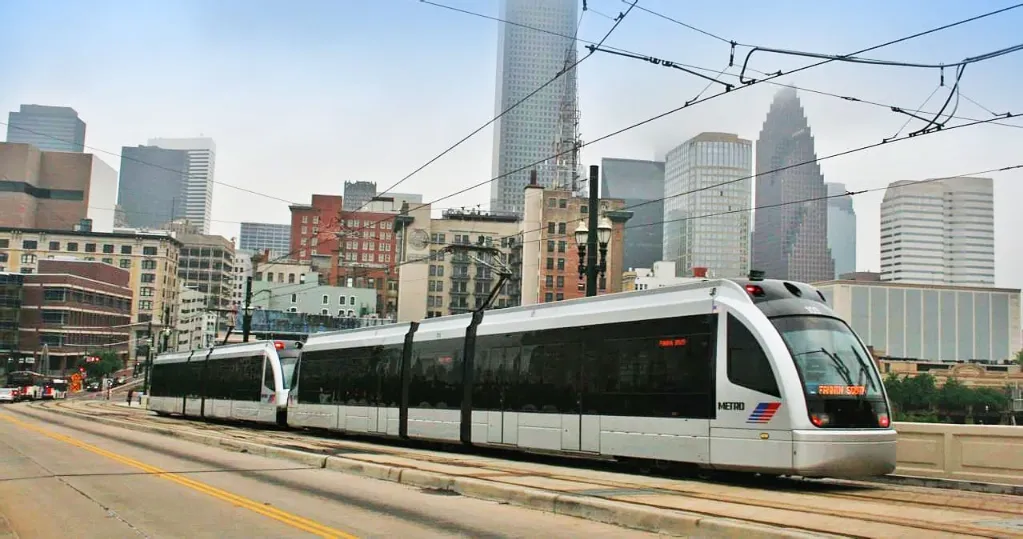
There were 17 accidents in June on Houston’s light rail system, known as Metro. This is a record number, involving 13 vehicles, three pedestrians and one bicyclist. Not only is this the most accidents in one month, but it is also only the third time that the number of monthly accidents has exceeded nine.
A few of the crashes might have been prevented if employees had not made mistakes. In one incident, the train exceeded the system’s maximum speed. In this case, the operative word is “might,” as the other vehicle, an ambulance, made an illegal turn in front of the train. At least two other collisions involved vehicles making illegal turns in front of trains.
The other major cause of crashes involving Metro trains is vehicles that run red lights.
Two of the pedestrians involved in June accidents were walking on the Metro tracks when they were hit by trains. Both pedestrians died.
It may be premature to blame Metro entirely, as traffic accidents in general are increasing in Houston. The accident rate increased 13 percent between 2013 and 2014. And Metro is not the only form of public transportation that has seen a growth in accidents. The Houston bus system also had a higher rate of crashes between 2013 and 2014.
Most train accidents involving pedestrians occur during business hours, when the streets are clogged with people walking in the central business district. Most accidents involving vehicles and trains seem to occur during off-peak hours.
Light rail exists in 33 major American cities, including the Texas cities of Houston and Dallas, which has the longest system – at least 85 miles – in the United States. Advocates of light rail point to its relatively low cost – no need to dig subway tunnels – and its light environmental footprint. Light rail systems are usually electrical and operate on rights of way either at grade level or slightly above grade level. Opponents of light rail argue that at-grade rail transit systems are inherently unsafe – less safe than buses.
A few American cities have been operating light rail systems for many years. For example, Boston’s system has been in existence since 1898. However, most light rail systems in the United States, including those in Houston and Dallas, are relatively new. Moreover, safety records vary enormously from city to city. Systems with guards and walls are thought to be safer than those that run in traffic. Systems that run in the same direction as vehicle traffic are thought to be safer than those going counter to vehicle traffic on the same street. In short, although time will tell whether urban light rail systems like those in Houston and Dallas are safer than vehicle traffic, there are many benefits.
